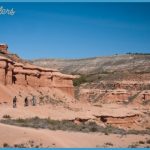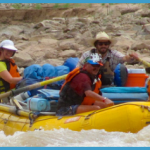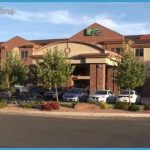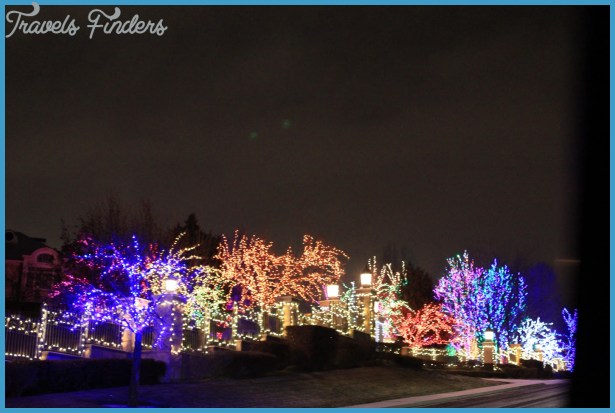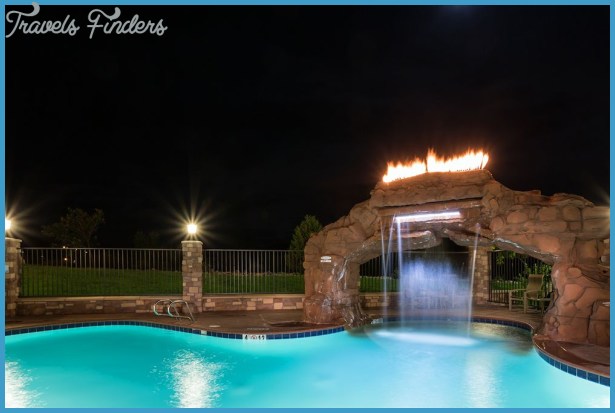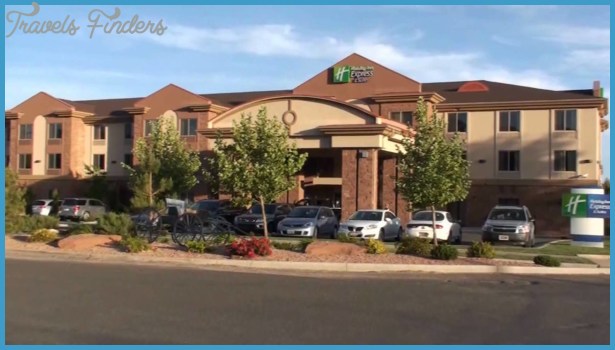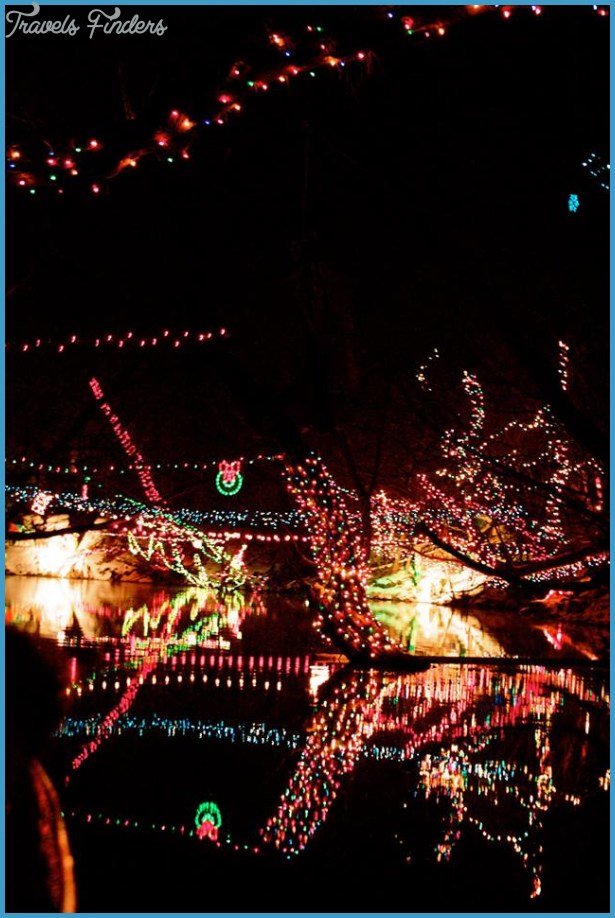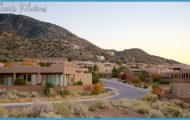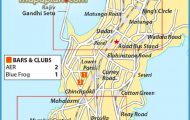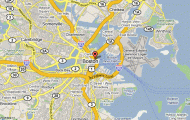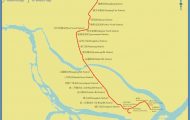Latinos in Utah Today (1991-2007)
The economic and social differences (and other demographic trends) that were apparent by the end of the 1980s have become more pronounced in recent years. The Latino community of Utah has continued to grow and become even more diverse, with new migrants from El Salvador, Guatemala, and elsewhere moving into the state. In addition, the growing economic divergence noted in the 1980s had become even more pronounced by the end of the next decade. In regard to education, the percentage of Latinos in Utah with high-school diplomas actually declined by the middle of the 1990s. Another negative trend was a consistent rise in the number, and disproportionate representation of, Latinos incarcerated
within the Utah penal bureaucracy. In 1995, for example, when Spanish-surnamed individuals made up around 6 percent of the total population, more than 18 percent of Utah inmates were of Spanish-speaking backgrounds. In general, it is correct to state that the economic and social progress of Latinos in Utah has been quite uneven in the years since the demise of SOCIO. The door to opportunity may have been opened for some, but certainly not for all.20
During the 1990s, a series of disturbing incidents took place throughout the state. To many community activists, these events indicated that Latinos were still viewed by many as necessary for economic development, but not fully accepted as equal members of Utah society. Two examples will suffice to demonstrate this unsettling pattern. In 1997 police raided a successful Latino business, La Diana Bakery, on the west side of Salt Lake City. The constables were under the assumption that more than tortillas were being made in the factory. The drug raid netted no illegal substances or guns. Even after State Senator Pete Suazo vouched for the honesty and character of owner Rafael Gomez, police remained suspicious. While the diligent officers assured Suazo and Gomez that they would continue their investigation, no charges were ever filed.21
In 1998 the Immigration and Naturalization Service and Salt Lake City police officials worked out an arrangement whereby local law enforcement would investigate whether arrested individuals were in the United States illegally. The Utah Office of Hispanics Affairs and various grassroots organizations protested, arguing that local officers were not responsible for enforcing federal immigration laws and that such a directive would result in painting all of Utah’s Latinos as illegals. The community’s efforts were enough to pressure the Salt Lake City Council to vote against the cross-deputizing effort.22
In addition to events like the ones described, by the early 2000s, Utah’s citizenry and political leadership were engrossed in a series of heated debates regarding Latino-themed issues, such as 1) whether to have driver’s-license exams in Spanish; 2) how to increase the graduation rate of Latinos in Utah schools; 3) whether to continue to provide children of undocumented workers with in-state tuition at Utah universities and colleges; and 4) the passage of hate crimes legislation targeted at protecting the state’s ethnic minorities. All of these trends demonstrate that, contrary to what many people may think, Utah is not on the periphery of the United States’ Latino-based political issues; rather, it is front and center in this passionate national discussion.
Through recent and ongoing research by historians and other social scientists, it has been shown that Latinos have always played a significant role in the economic, social, and political history of the Beehive State. As numbers of the Spanish-surnamed, both Mormon and non-Mormon, continue to arrive in Salt Lake City and elsewhere throughout Utah, they will continue to strive to improve their communities and bring even more of a Latin sabor (flavor) to this corner of the intermountain West.

